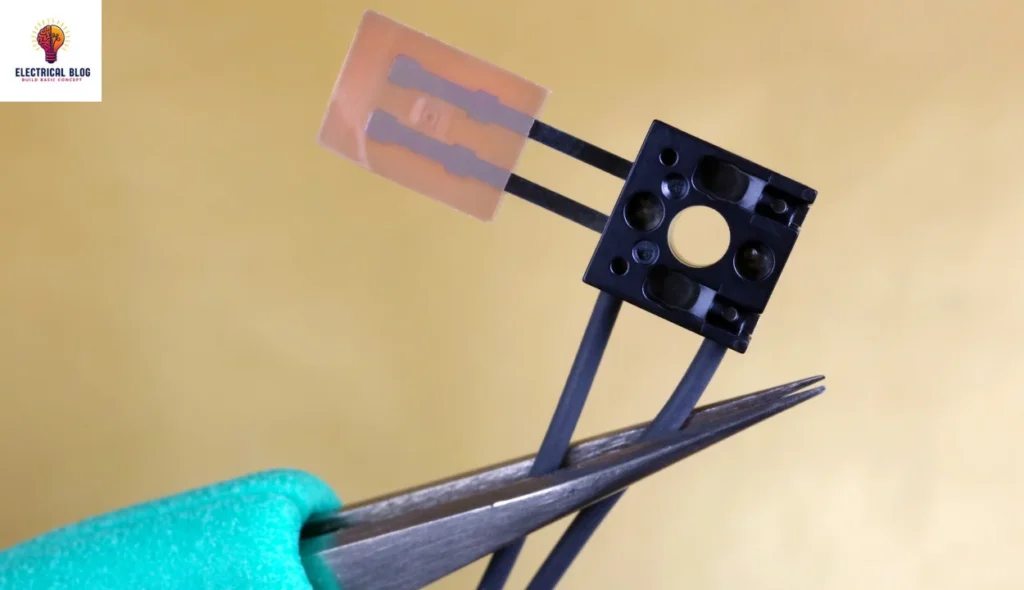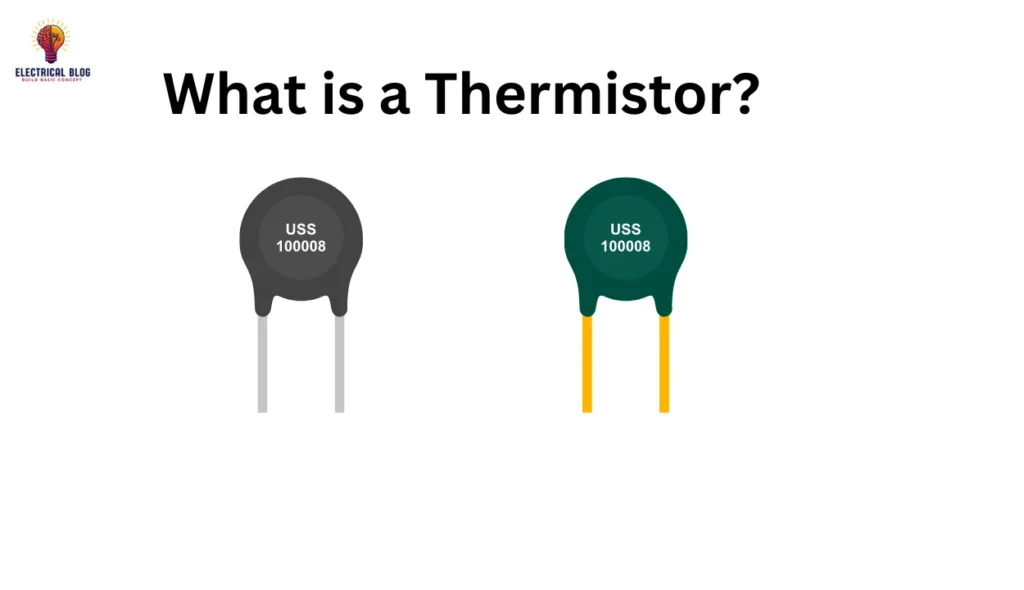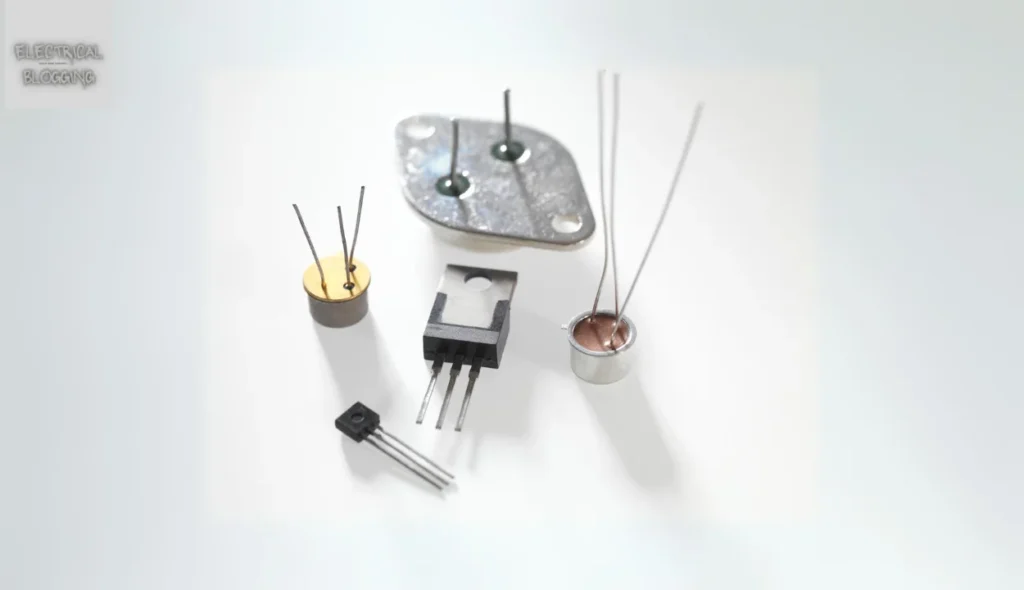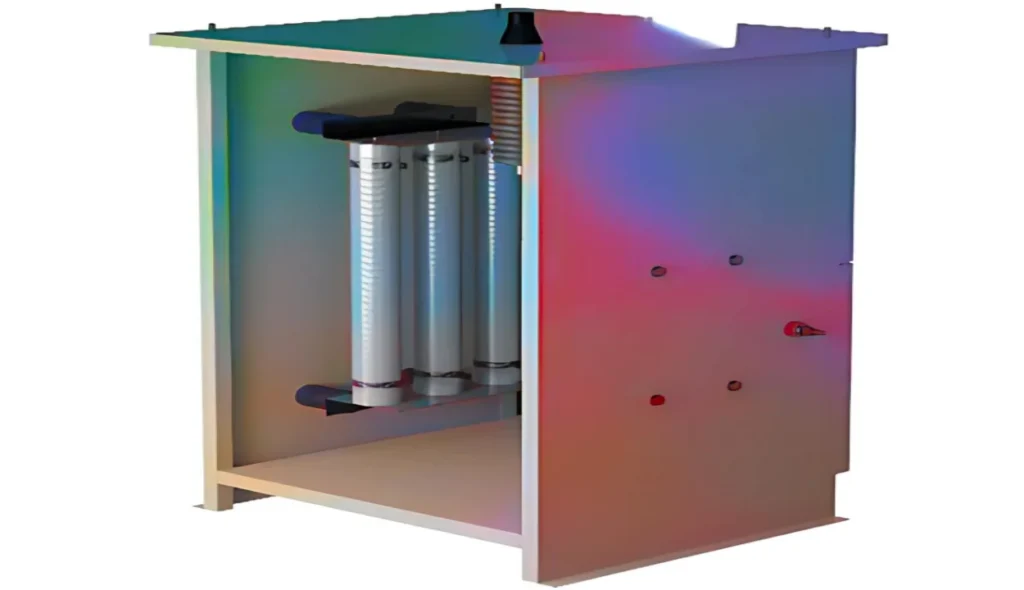What is a thermistor?
A thermistor is a type of resistor that reacts to temperature changes with greater precision than many other sensors. It is a semiconductor device that offers high resistance when situated in different thermal conditions, making it an accurate and cost-effective option for measuring heat. The resistance change is directly correlated with the surrounding environment, allowing for reliable measurement of temperature levels. Because of its repeatability and stability, thermistors are a popular choice in many industries. Their performance can be as precise as ±0.1 degrees, ensuring high resolution in readings.
The word thermistor is a portmanteau derived from “THERMally sensitive ResISTOR,” highlighting its ability to detect even the slightest temperature shifts. These devices work by either conducting or insulating electrical flow depending on the degree of heat applied. Their measured value determines their effectiveness, making them essential in various applications. The reasons for their continued use include their ability to provide precise measurements per second, offering a greater level of accuracy. Whether used in industrial systems or household appliances, thermistors deliver stable performance that ensures efficient thermal management.
Thermistor diagram

Thermistor symbol

Composition of Thermistors
A thermistor is made from special materials that impact its resistance and temperature behavior. These devices are composed of metallic oxides, binders, and stabilizers, which are carefully pressed into wafers, shaped into a disc, or cut into a chip. The ratio of these composite elements is a primary factor in defining its function and overall accuracy. Manufacturers control this process with high precision, as it directly determines the curve of resistance changes.
The relationship between the property of materials and a thermistor’s characteristic behavior is highly dependent on the chosen composition. Buyers seek them with a precise thermal response, which is why manufacturers carefully govern their production. The degree of control ensures that each thermistor maintains a stable shape and consistent performance. This makes them a key component in many applications where accurate thermal sensing is required.
Different Types of Thermistors
A thermistor comes in two main types: NTC and PTC. An NTC (Negative Temperature Coefficient) thermistor has a resistance that decreases as the temperature rises, making it ideal for low-temperature applications. On the other hand, a PTC (Positive Temperature Coefficient) thermistor works the opposite way, as its resistance increases when the temperature goes up. These are often used in circuit protection and mechanical systems where sudden surges must be controlled.
Each thermistor is built from special materials that define its properties and resistance behavior. They are available in a variety of models, each with a unique curve and range. Some are designed for low-temperature conditions like -55 to 70°C, while others are made for higher temperature limits up to 300°C or even 572°F. The most common options include epoxy-coated thermistors for lower temperatures (-50 to 150°C) and glass-coated ones for higher thermal resistance (-58 to 316°F). The choice depends on the specified environment and durability needs.
The measurement precision of a thermistor is defined by its base resistance, often rated at 25°C. Standard models range from 2,252Ω to 10,000Ω, ensuring accurate temperature readings. These sensors are also long-lasting, inexpensive, and resistant to corrosion, making them highly effective in diverse industries. With proper protection, like coatings, they can withstand humidity, stress, and exposure to extreme conditions.
A well-designed thermistor ensures stable performance by maintaining strong connections through its wires and structure. The specified components help make these sensors reliable for different applications, whether in medical devices, automotive systems, or industrial equipment. Their non-linear response allows them to adapt efficiently to temperature variations, maintaining accuracy throughout their lifespan.
Different thermistor configurations
They are available in multiple configurations, each designed for specific applications. The HSTH series is a hermetically sealed type that provides protection against corrosion and liquids. It is covered in PFA jackets, making it ideal for sensing temperature in oils, chemicals, and food.
The bolt-on and washer types are frequently used in industrial and household devices. These are mounted into threaded holes or openings for secure installation. With their small mass, they rapidly respond to temperature changes, ensuring high accuracy in water tanks, pipes, and equipment casings.
The surface-mount style comes with an adhesive backing that makes it easy to attach to flat or curved surfaces. This self-adhesive design allows it to be removed and re-applied without damage. It is widely used in commercial and industrial applications where a non-invasive installation is required.
All its types are built with plastic or polymer exteriors to withstand thermal stress. They are reliable, long-lasting, and play a crucial role in various appliances. Whether used in household or industrial systems, these sensors ensure precise measurement and sensing for different environments.

Temperature Range, Accuracy, and Stability
They provide accuracy in temperature readings, with Class A offering the greatest precision. Their measurement capabilities range from ±0.05°C to ±1.5°C, making them ideal for exact applications. The working range is usually between 0°C and 100°C, though it remains limited to about 50°C from a base point.
The manufacturing process ensures them are chemically stable, meaning their accuracy does not change significantly with age. Class B thermistors are used in scenarios where ultra-high precision is not necessary. Once complete, these sensors maintain their reliability, making them essential for various industries.
10K thermistor chart
| Temperature | Resistance |
| -50 | 858612.82 |
| -45 | 582536.2 |
| -40 | 401859.72 |
| -35 | 281576.83 |
| -30 | 200203.9 |
| -25 | 144316.94 |
| -20 | 105384.69 |
| -15 | 77898.11 |
| -10 | 58245.71 |
| -5 | 44026.05 |
| 0 | 33620.6 |
| 5 | 25924.56 |
| 10 | 20174.58 |
| 15 | 15837.15 |
| 20 | 12535.33 |
| 25 | 10000 |
| 30 | 8037.14 |
| 35 | 6505.53 |
| 40 | 5301.47 |
| 45 | 4348.14 |
| 50 | 3588.18 |
| 55 | 2978.44 |
| 60 | 2486.16 |
| 65 | 2086.37 |
| 70 | 1759.84 |
| 75 | 1491.68 |
| 80 | 1270.32 |
| 85 | 1086.67 |
| 90 | 933.58 |
| 95 | 805.37 |
| 100 | 697.52 |
| 105 | 606.42 |
| 110 | 529.14 |
| 115 | 463.34 |
| 120 | 407.09 |
| 125 | 358.83 |
| 130 | 317.29 |
| 135 | 281.4 |
| 140 | 250.3 |
| 145 | 223.26 |
| 150 | 199.68 |
Common Applications for Thermistors
They are widely used in industrial and scientific settings due to their reliability and stability. They help measure temperature in extreme conditions, ensuring accurate readings in sensitive applications. Many thermistors are probe-mounted or surface-mounted, allowing them to be embedded in different systems.
In the food and beverage industries, thermistors with sanitized probes are essential for monitoring liquids and gases. These sensors can also be sheathed for added protective measures in laboratories and R&D work. Heavy-duty thermistors are ideal for immersion in corrosive fluids used in industrial processes.
For outdoor and biological applications, vinyl-tipped thermistors offer durability in changing ambient environments. Cage-style metal or plastic covers protect the element when measuring air temperature. This makes them useful in commercial industries where accuracy and durability are crucial.
They come in a variety of shapes to fit different applications, from broad industrial use to electronic and noise-sensitive environments. Their ruggedness ensures they remain functional even in embedded systems. Whether monitoring materials or measuring surfaces, they play a key role in precision-based technology.
What is the Steinhart-Hart equation?
The Steinhart-Hart equation is a mathematical model used to calculate the temperature of a thermistor based on its resistance. It was developed before ubiquitous computing, when engineers relied on slide rules and tables for complex calculations. This method provides a precisely accurate way to solve for temperatures over a given range. It simplifies complex transcendental equations, making it useful in modern programs and online tools.
The Steinhart-Hart equation is written as:
1/T = A + B (ln R) + C (ln R)^3
Where T is in Kelvin (K), R is in Ohms (Ω), and A, B, C are the coefficients that depend on the type of thermistor and its detected temperature range. The natural log (ln) is based on the Napierian base of 2.71828. Higher-order terms beyond cubed are usually truncated because the error is small.
Using a search engine, you can find an online calculator to compute resistance or temperature instantly. The pleasures of modern technology allow us to obtain results in moments, something that once required manual tables and long calculations. This standard formula is now widely used in scientific and engineering applications.
How is the Steinhart-Hart equation used?
The Steinhart-Hart equation helps calculate the accurate resistance of a thermistor based on temperature. It uses the A, B, and C coefficients provided by manufacturers for a typical range. This equation is especially useful when the function is applied to a narrow temperature range, ensuring precision in the calculation. Engineers rely on this method to provide reliable data for thermal monitoring.
Who are Steinhart and Hart?
John S. Steinhart and Stanley R. Hart were researchers who developed the Steinhart-Hart equation in 1968. They first published their work in a paper called Calibration Curves for Thermistors at the Carnegie Institution of Washington. Steinhart later became a professor in geology, geophysics, and marine studies at the University of Wisconsin-Madison. Meanwhile, Hart became a senior scientist at the Woods Hole Oceanographic Institution, focusing on earth sciences. Their equation remains a key tool for precise calculations.
Conclusion
It is a sensitive resistor that helps measure temperature with precision. It can be embedded or surface-mounted on a device to provide real-time monitoring. Whether in liquids, gases, or solids, it ensures stability by reacting to even small changes.
Its ability to adjust in minute increments makes it the greatest tool for control in heating and cooling applications. Used in a Peltier device, it maintains a specific temperature within 50°C of ambient conditions. This adaptability makes them essential in various systems requiring precise thermal regulation.
FAQs
How do you check a thermistor?
To check a thermistor, use a multimeter to measure its resistance at different temperatures. First, disconnect it from the circuit and set your multimeter to ohms (Ω) mode. Compare the resistance readings with the manufacturer’s temperature-resistance chart to see if they match the expected values. If the resistance does not change as the temperature varies, it may be faulty.
How do I replace the thermistor in the Ender 3 V2?
Turn off and unplug the Ender 3 V2 for safety.
Locate the hotend and remove the silicone sock if it is present.
Unscrew the old thermistor and carefully pull it out.
Insert the new thermistor, securing it in the same position.
Reconnect the wires properly and check the connection.
Turn on the printer and test the temperature reading before printing.
What is a thermistor in physics?
A thermistor is a type of temperature-dependent resistor that changes its resistance with temperature. In physics, thermistors are used to study thermal properties, heat transfer, and temperature measurement. They are classified into NTC (Negative Temperature Coefficient) and PTC (Positive Temperature Coefficient) thermistors, depending on whether their resistance decreases or increases with temperature.
How are thermistors wired?
A thermistor is simple to set up, usually using a two-wire system with connectors to connect it to an excitation source. These wires also help measure the voltage across the wires, ensuring accurate readings.



